During the fair BIFE-SIM 2023 I also met at the stand with former colleagues with whom I worked at the National Wood Institute, which unfortunately no longer exists. But I was happy to learn that all the determinations for furniture, doors, windows and other wooden structures have been taken over by QUALITY CERT, a certification body accredited by RENAR. National Wood and Furniture Laboratory from 2022 onwards, various useful determinations are made for producers and beneficiaries, including the determination of formaldehyde emission. A few years ago I wrote here first article on formaldehyde emissions from wood-based panels and since then I keep getting messages asking where tests can be done. Meeting at the fair gave me an answer to these questions.
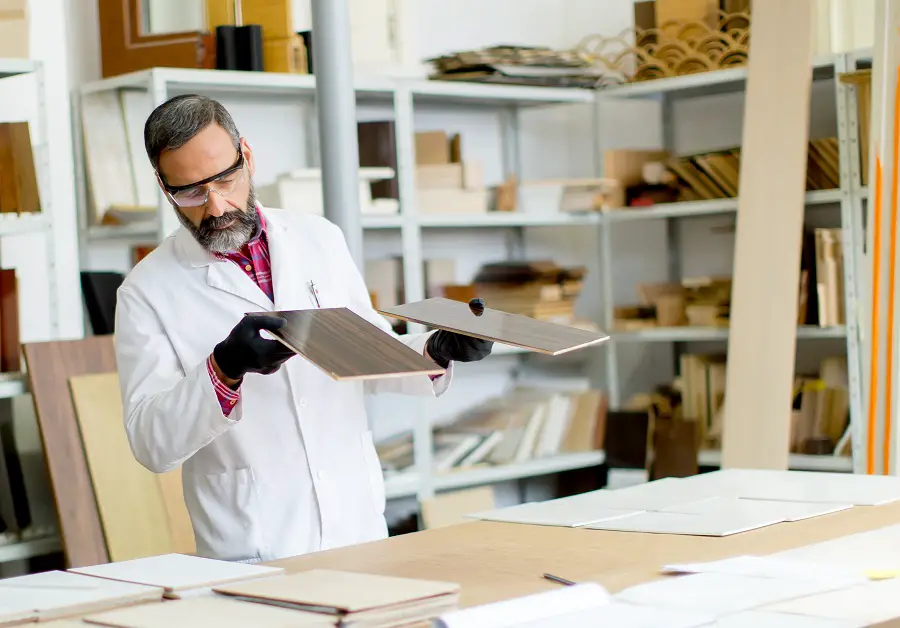
Continuing the tradition of an institute that was an important part of the Romanian wood industry
The National Wood Institute, the successor of the Institute for Research and Design of the Wood Industry, was in the past a kind of heart of the woodworking sector in Romania. This is where the plans for the mills were drawn up and their implementation was followed by the institute's engineers and designers until the mill was put into operation. I said in an article that if you were blindfolded in one of them, you didn't know where you were, that's how much they looked alike. They were designed to follow the logical technological flow and tailored to the size and position of the site.
The Institute also had a Research part in which there were sections of Semi-Fabrication, Architecture and Chemistry. In each of these we looked for the best solutions for furniture and wooden objects and carried out tests to prove their qualities. I worked in the Chemistry section where, in addition to research, varnished/painted surfaces were tested for their resistance to scratching, abrasion, staining or thermal shock. Here we also determined the formaldehyde content of wood-based boards.
The Institute ceased its activities some time ago. Fortunately, QUALITY CERT has taken over the work of the testing laboratories for wood products, as well as some of the specialist staff and testing facilities and equipment. At present it is the only certification body in Romania that can perform through this laboratory all tests and trials on wood, furniture and wooden structures, doors, windows, including safety and security tests.
What tests can be done at the National Wood and Furniture Laboratory
Both producers and recipients of products can use this laboratory. The quality of the wooden objects produced can be checked and certified here, and recipients can ask for certain parameters to be checked when they have doubts about them.
Here are the determinations that can be made:
- Physico-mechanical tests for solid wood and solid wood products;
- Physical-mechanical tests for wood-based panels: plywood, MDF, HDF, chipboard, OSB and other composite boards;
- Emission and formaldehyde content;
- Physical-mechanical tests for wooden, PVC, AL, composite doors and windows;
- Physical-mechanical tests on the stability and durability of furniture (folding ladders, storage units, desks, tables, chairs, stools, armchairs, beds, sofas, mattresses, cots and cribs, children's chairs);
- Physico-mechanical tests for stability and durability of garden furniture;
- Physico-mechanical tests for stability and durability of school furniture;
- Physico-mechanical tests for stability and durability of laboratory furniture.
Determination of formaldehyde content
I pay more attention to the determination of formaldehyde content because it is always a topic of interest. I recently told you about the new formaldehyde emission limit set by the European Commission. QUALITY CERT warns that the substance is strictly regulated in the EU, both by EU regulations and by national laws applied by EU Member States. Restrictions generally relate to content, migration or emission limits. Products and materials containing levels above the set limits cannot be sold in the EU.
The standards set for wood materials used in construction are different from those for furniture. In Europe, the harmonised standard EN 13986 has been defined for wood-based building materials, which regulates the requirements for their use and the emission class E1.
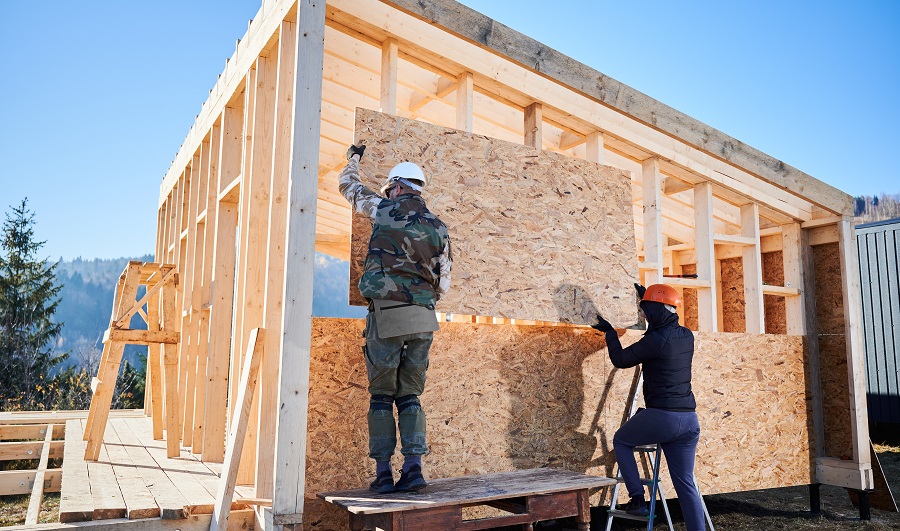
For wood-based products used in furniture, the European standards governing the requirements for use and emission class E1 are:
- SR EN ISO 12460-3:2020 Wood-based panels. Determination of formaldehyde emission. Part 3: Gas analysis method,
- SR EN ISO 12460-5:2016 Wood-based panels. Determination of formaldehyde emission. Part 5: Extraction method (referred to as punch method),
- SR EN 717-1:2005 Wood-based panels. Determination of emission of formaldehyde by the chamber method
In order to be sure that wood-based products contain the amounts of formaldehyde set by the various regulations, manufacturers or distributors of wood-based panels and furniture may carry out tests to confirm that they are within the permissible values.
The RENAR accredited QUALITY CERT NATIONAL WOOD AND MOBILE LABORATORY performs tests for the determination of formaldehyde emission by the perforator method, according to SR EN ISO 12460-3:2020 and SR EN ISO 12460-5:2016.
The laboratory is located at 250 Basarabia Boulevard, Sector 3, Bucharest






















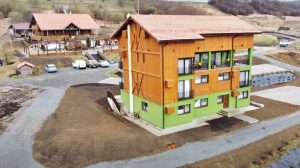
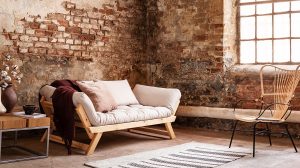
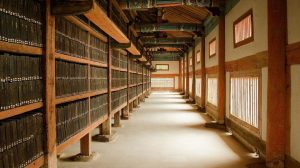

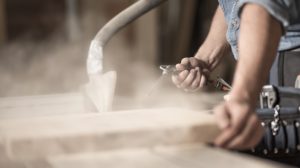

Add comment